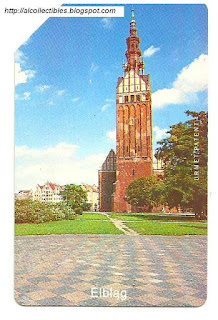PAKISTAN
PHONE CARDS
TCPN50
Call Points
National and International calling card from
Islamic Republic of Pakistan
Rs.150 Units
TCPN51
Pak Telecom
PTCL Calling CARD
Nationwide & International
Rs.250 Units
TCPN52
Call Tel -Pvt Ltd
Call mate prepaid calling card
Nationwide and International
Rs.250 Units
TCPN53
Pak Telecom
PTCL Calling Card
International & Nationwide
Rs. 500 Units
TCPN54
Call Points
Calling card of Pak
Rs.500 Units
TCPN55
Call Points
Calling card of Pak
Rs.1000 Units
TCPN56
Pak Telecom
PTCL Calling Card
International & Nationwide
Rs. 1000 Units
































































